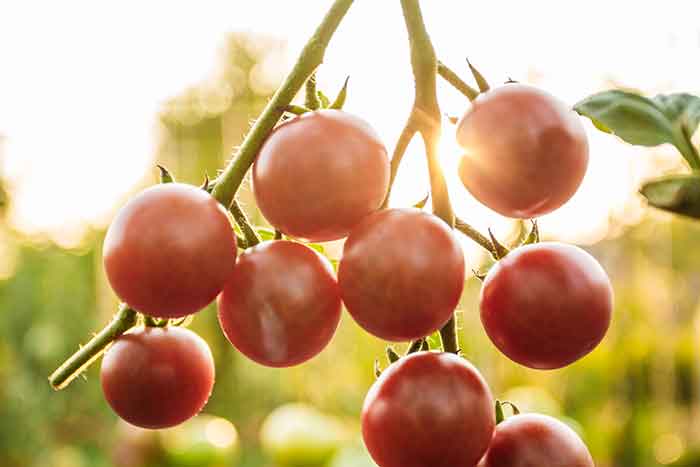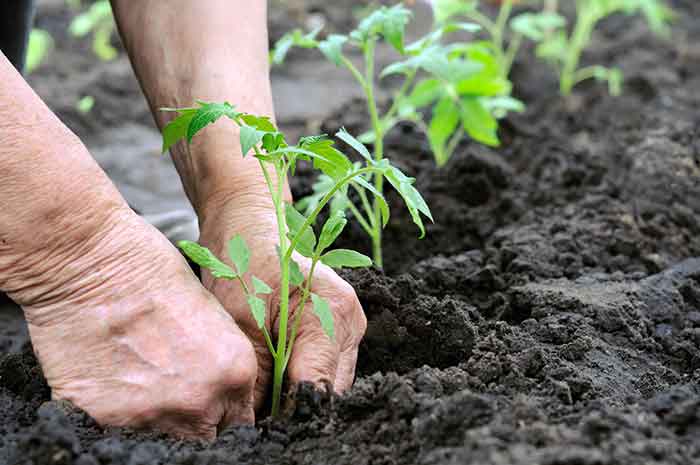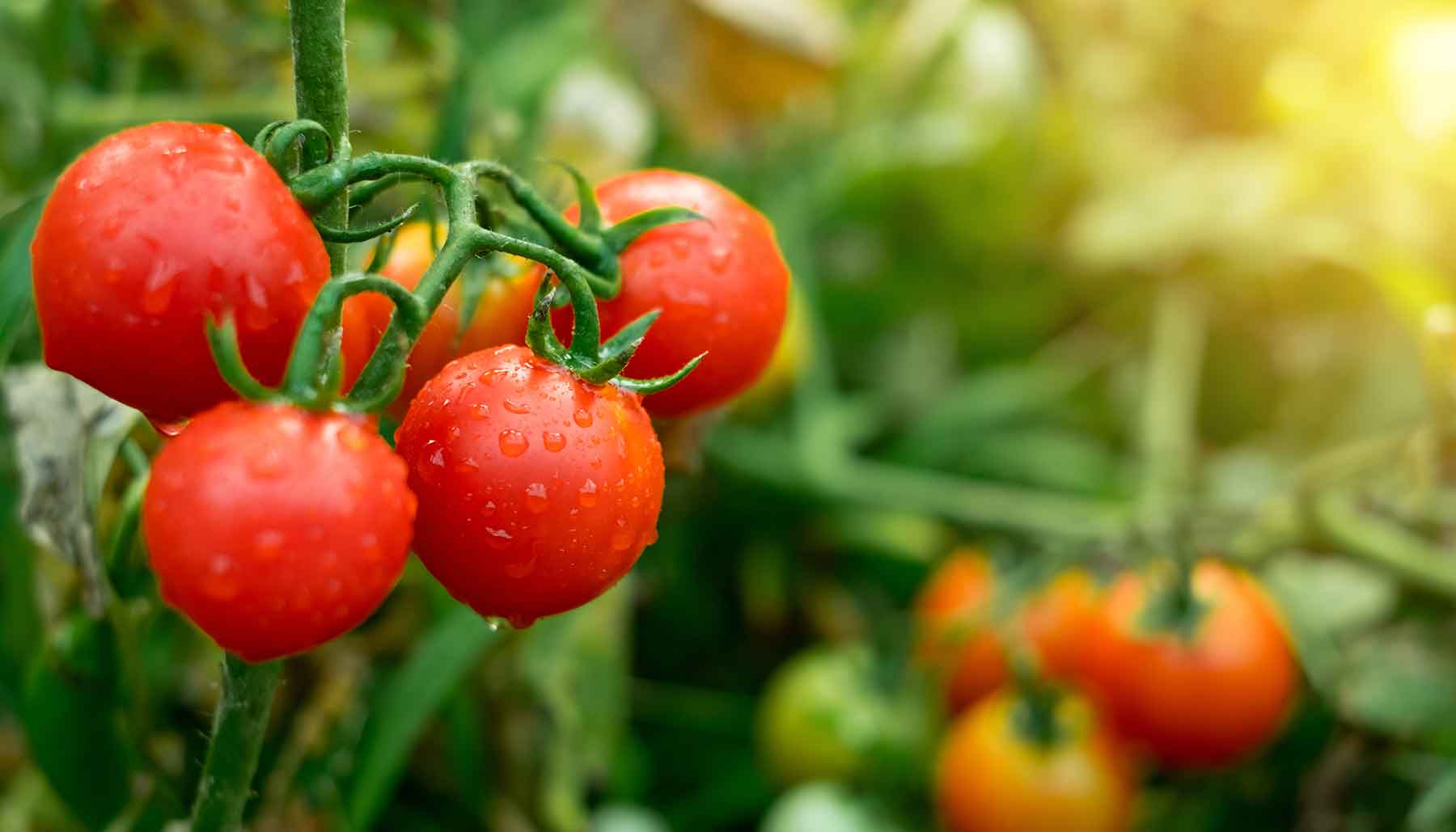Updated on August 3, 2021
If there’s a single plant that I look forward to growing every year, it’s the tomato. There’s something about a homegrown tomato that just can’t be matched by anything in stores. They’re firm, juicy, flavorful and sweet — well, if you do it right.
Don’t worry! I’m here with the time-tested growing tips to have your tomato plants doing their best this year. You’ll be slicing up that beefsteak sooner than you know it!
Choosing the Right Spot

Tomatoes need a ton of sun to thrive, so choosing the right spot for your tomato plants is very important. Without full sun, you won’t get the yield you want. Tomato plants want six to eight hours of sun a day.
If you live in an area with sweltering summer heat, you’ll have to take extra precautions. We’ve seen record-setting heat in recent years, and too much heat can cause your tomato plants to stop producing new fruit. In that case, try to shade your plants during the hottest point of the day, or plant them in an area that gets mostly morning sun.
Avoid the Crowds
No, I’m not talking about crowds of people.

It can sometimes seem like a good idea to plant more tomato plants. More is more, right? But in actuality, crowding too many tomato plants together in a small space can mean less tomatoes in the long run. Most tomato plants need 12 to 24 inches of space, but that will depend on the variety you choose.
When tomatoes are too close together, it can inhibit growth as the plants fight each other for light and nutrients. The stress can also lead to disease later on, and it gives pests (I’m looking at you, hornworms) more places to hide!
Plant ‘Em Deep

If you look at the plant’s stem, you’ll notice it looks fuzzy. All those little hairs are just waiting to turn into roots! And we all know that more roots make for a stronger plant, right?
When transplanting your tomatoes into a big container or directly into the ground, plant it deeper than it came in the seedling container. Go ahead and bury it all the way up, so that just the leaves are above the dirt.
Pinch and Prune

Cutting off parts of your tomato plant might seem counterintuitive, but it’s an important task that can lead to more tomatoes in the long run.
Once your plant reaches around 3 feet tall, remove any stems from the bottom foot of the plant. These bottom leaves are the first to develop problems. The bottom leaves get the least amount of sun and airflow, plus they’re close enough for soilborne pathogens to splash up onto them.
You’ll also need to remove any suckers that develop in the joint of two branches. They actually take energy away from the rest of the plant — energy it needs to grow all those tasty tomatoes!
Stay Consistent

Tomato plants want to be watered deeply and consistently. An irregular watering schedule can lead to blossom end rot, which means much less yield for you!
Although blossom end rot — where the bottom of the tomato is damaged and turns black — is caused by a calcium deficiency, it’s often due to inconsistent watering. When there is not enough water in the soil, the plant can’t get the calcium, either.
Give your tomato plants 1 to 1.5 inches of water per week. But they may need more during extra hot and dry summer weather.













